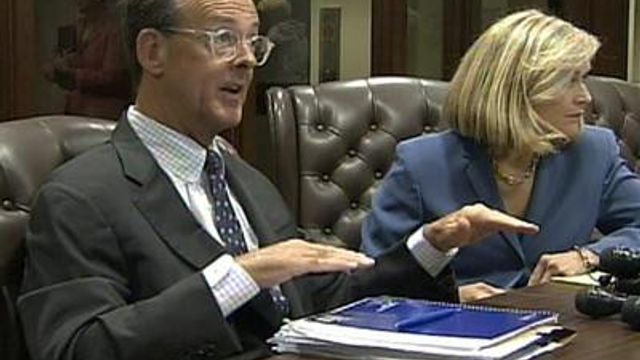UNC system changing funding formula
Financial funding for North Carolina's public universities will no longer be tied to enrollment growth, but performance – a policy shift that has an impact on the state's entire education system.
Posted — UpdatedThe University of North Carolina's Board of Governors met Friday to discuss the overhaul, which system President Erskine Bowles says is aimed at increasing student retention and increasing graduation rates.
Bowles says the number of students quitting school or failing has increased in recent years because universities in need of more funding have admitted students that do not meet admission standards.
The new funding formula has universities raising admission standards and establishing new goals to decrease the amount of time students take to complete their degrees. If the goals aren't met, enrollment is capped.
For example, students are expected to enroll in at least 15 semester hours credit each school term so that they complete most bachelor's programs within four years.
"Incentives work when we put a carrot out in front of chancellors," Board of Governors Chairwoman Hannah Gage said. "They groove their schools. So, we're just moving the carrot."
Details still have to be worked out, but the board is expected to vote on the policy by the end of the year.
Bowles says the change also poses a greater challenge for the state's community college system, with whom he says he's working with closely.
With higher standards at the university level, educators believe that will mean more high school students moving on to community colleges.
"There is no shame in having to take the circuitous route to get to a four-year college," said Hans Lassiter, principal of Hillside High School in Durham.
About 50 percent of students there go on to a university, he said. About 30 percent go the community college route.
• Credits
Copyright 2024 by Capitol Broadcasting Company. All rights reserved. This material may not be published, broadcast, rewritten or redistributed.





